Have you ever wondered how long 16 feet really is? Measurements are a fundamental part of our daily lives, and understanding the length of different objects helps us visualize their size and proportions.
16 feet is equal to 4.8768 meters.
In this article, I will delve into the world of 16 feet, exploring different objects and dimensions that are 16 feet long. From shipping containers to giraffes, let’s uncover the true extent of 16 feet.
Standard Shipping Container
One common object that spans 16 feet is a standard shipping container. These containers, widely used for transporting goods across land and sea, typically measure 16 feet in length.
Medium-Sized Cars

Mid-sized cars, also known as intermediate or midsize cars, are typically larger than compact cars and smaller than full-size cars.
They typically have a length of around 14 feet to 16 feet (4.2 to 4.9 meters). The exact length of a mid-sized car can vary depending on the make and model.
Canoe
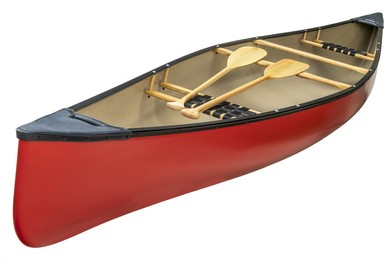
The length of a canoe can vary, depending on the intended use and the preferences of the user.
Long canoes (15-18 feet): These canoes are typically designed for longer trips and are suitable for larger bodies of water such as lakes or rivers. They are generally more stable and can hold more gear, but they may be more difficult to maneuver in tight spaces.
So you can use the long canoe to reach 16 feet in length.
Related: Things That Are 15 Feet Long
Parking space
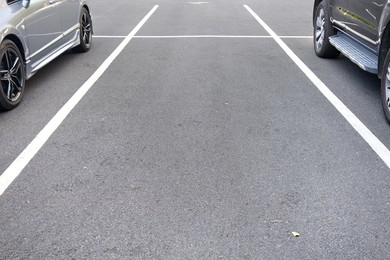
The dimensions of a parking space depend on the type of vehicle that the space is intended to accommodate. But the most common dimensions among all are typically 8 feet to 9 feet wide and 16 feet to 18 feet long.
It’s important to note that these are just rough guidelines and that the dimensions of parking spaces can vary depending on local regulations and the specific needs of the vehicle being parked.
Distance of Axe Throwing
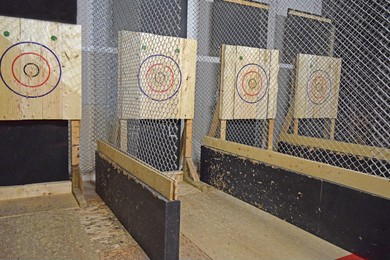
In general, most axe-throwing facilities have designated lanes or lanes with specific distances marked off for throwing.
These distances can vary, but a common distance for recreational axe throwing is around 12 feet to 15 feet. Which is just 1 foot shy of 16 inches. So, adding another 1 foot to the end of this axe-throwing lane would get you almost exactly 16 feet.
Competitive axe-throwing leagues may have different distances for different divisions or categories of competition.
Two Treadmills

The dimensions of a treadmill can vary widely, depending on the size and features of the machine. In general, treadmills are fairly long and narrow.
Treadmills typically measure 81 inches long, so two of them placed lengthwise would cover a distance of almost 16 feet – just 30 inches shy.
Length of Two Dining Tables
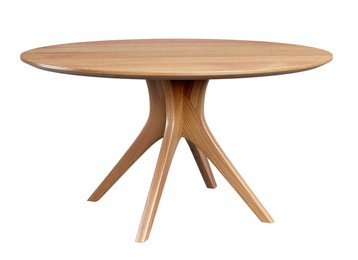
A typical dining table can range from 5 feet to 8 feet in length. Imagine placing two dining tables end to end, creating a spacious surface that extends to 16 feet.
Three Ping Pong Tables
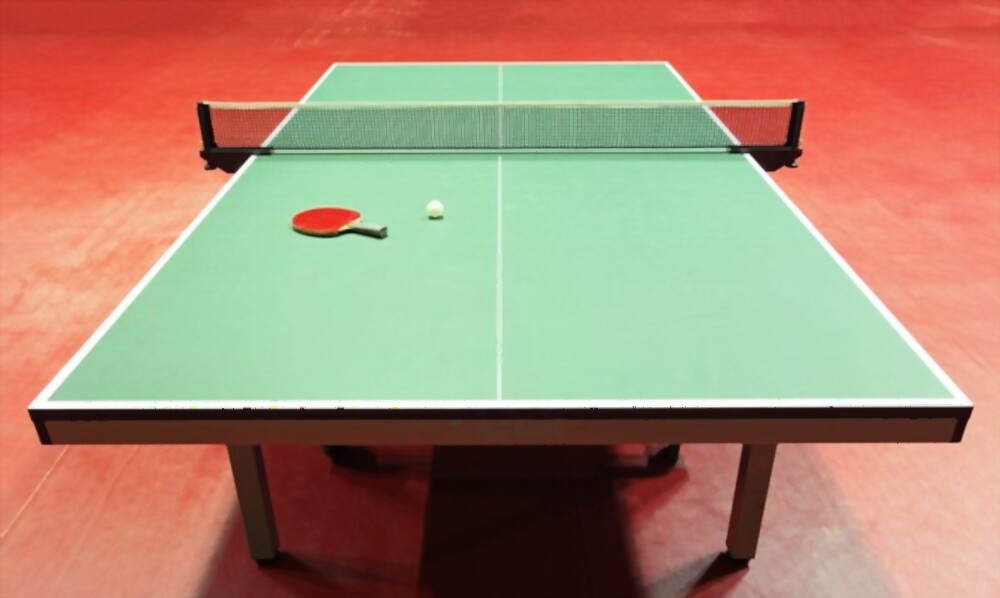
Standard ping pong tables are regulated by the International Table Tennis Federation (ITTF) and must adhere to certain size and dimension specifications. According to the ITTF, the dimensions of an official ping pong table are:
- Length: 9 feet (2.74 meters)
- Width: 5 feet (1.525 meters)
- Height: 2.5 feet (76 cm)
If you line up three of these tables side by side, their total width would be 15 feet. Which is just 1 foot shy of 16 feet.
To exceed this length, two of the tables can be placed lengthwise. This would give you a total of two feet more than the 16-foot mark.
Related: Things That Are 20 Feet Long
A Small Utility Trailer

Utility trailers are generally used to haul a variety of items such as furniture, appliances, or recreational equipment. They can range in size from small, lightweight trailers that can be pulled by a car or small truck, to larger, heavy-duty trailers that require a larger vehicle to tow.
Utility trailers are available in different sizes, including a 16-foot-long model.
Three Large Hay Bales
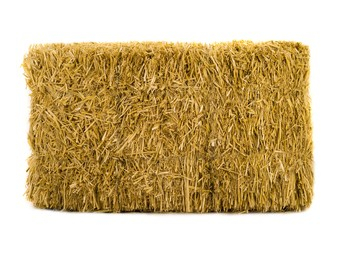
Hay bales are bundles of hay that are tightly packed and bound with twine or wire. They are commonly used as feed for livestock or as a source of bedding for animals. The dimensions of hay bale can vary depending on the type of hay, the size of the baler, and the intended use of the bale.
Large hay bales are typically more than 3 feet (91 cm) wide, 4 feet (122 cm) tall, and 8 feet (244 cm) long.
Hay bales are a familiar sight to farmers and farm enthusiasts alike. Typically, they range in size from 35 inches long to 6 feet in diameter when rolled up. To reach 16 feet in length, you would need to stack approximately 5.5 small hay bales end-to-end length-wise. This is a useful measurement for those in the farming industry.
White Claw Cans

White Claw, Red Bull, and tall Coke cans are all the same height 6.125 inches tall. This measurement can be used as a reference.
Place 31 cans on top of each other and you’ll be close to 16 feet in height, but not quite there. You’d actually be about 2 inches shy of the 16 feet mark. But it can give you a good idea about the measurement.
Height of a Giraffe

Another fascinating comparison is the height of a giraffe, as their long necks make them stand out in the animal kingdom. Adult male giraffes can reach a height of approximately 16 feet from the ground to their shoulders.
FAQs
How long is a person in feet?
A person’s height is typically measured in feet and inches. One foot is indeed equal to 12 inches.
Is 1 foot 12 inches?
Yes, One foot is equal to 12 inches.
What does 5 yards equal in feet?
To convert yards to feet, you multiply the number of yards by 3, as there are 3 feet in one yard. Therefore, 5 yards are equal to 15 feet (5 yards × 3 feet/yard = 15 feet).
How many feet is a 12-year-old?
The height of a 12-year-old can vary greatly depending on various factors such as gender, genetics, and individual growth patterns.
Why is 12 called a foot?
The term “foot” comes from its historical origins. It is believed to have been derived from the ancient measurement system used by early civilizations, which often relied on body parts for measuring lengths. The length of a foot was originally based on the average length of a human foot.